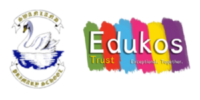Reception Class
Welcome to our Reception page.
Reception at Swanland Primary school is a fun, multi-sensory, hands-on learning environment which supports each child in making their next step of learning.
We engage in all areas of our Early Years Curriculum in our outdoor and indoor classrooms. We plan and asses using the 7 areas of Learning and the Characteristics of Effective learning identified in the Early Years Curriculum.
It is our aims:
- To provide a curriculum appropriate to the developmental needs of all the children.
- To provide an environment where all the children are safe, happy and secure.
- To establish strong links with parents from the earliest opportunity.
- To make the transition from Nursery to Reception and Reception to Year One as smooth and informed as possible.
- To encourage all children to develop independence, persistence and the capacity to become successful learners.
- To encourage children to develop their social and emotional skills to become caring, thoughtful and considerate members of our school family.
Starting school is a major transition in a child’s life involving separation from familiar adults and children. At Swanland school the transition process is heavily prioritised and carefully planned. During the whole summer term, staff will liaise with each child’s preschool setting and key workers to enable them to have a more secure understanding of children’s emotional well-being, social skills, and prior learning. Parents and children are then invited to a ‘stay and play’ session in July. This is a fantastic opportunity and explore their new environment and meet the classroom team. In September each child is invited to attend 2 x2hr transition sessions in preparation for full time school. The children will attend without parents in small group to experience fun activities and familiarise themselves with our classroom routines.
We use Tapestry which is an online Learning journal that sends home regular photographs and assessments to parents of their child’s activities and learning. Parents are invited weekly to share classroom practice.
We hope that you enjoy looking at the photographs which present snapshots of our learning and adventures.
Many thanks
The Reception Team
For a link to our Long Term Plan, to find out what areas and topics we are covering this year, please click this link.
Autumn Term 1 Reception Knowledge Map Autumn 1
Autumn Term 2 Reception Knowledge Map Autumn 2
Spring Term 1 Reception- Knowledge Map Spring 1
Spring Term 2 Reception Knowledge Map Spring 2
Knowledge Map Summer 1 complete
Summer Term 2 Reception Knowledge Map Summer 2 complete
Our Outdoor Classroom is a wonderful learning environment for our Reception children. It provides vital opportunities to investigate, be creative, develop social skills and scaffold our learning.
After being inspired by Jamie Oliver and celebrating vegetables we have a vegetable planting area in our outdoor classroom. The children will grow vegetables, cook with the vegetables we grow and develop their nutritional understanding of food and healthy eating.

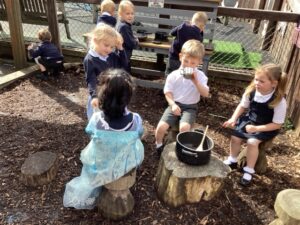
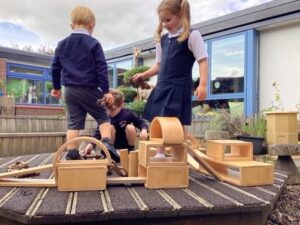
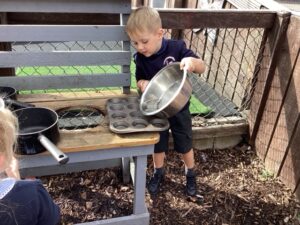
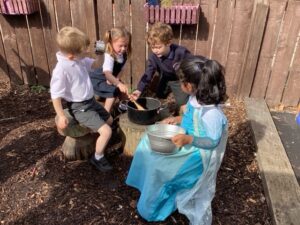
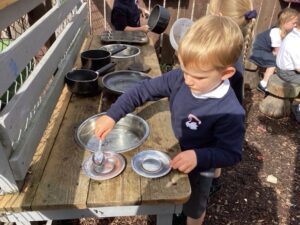
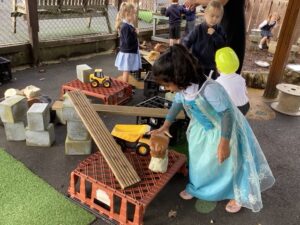
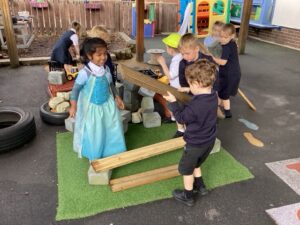
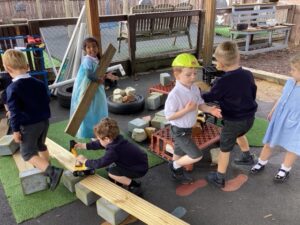
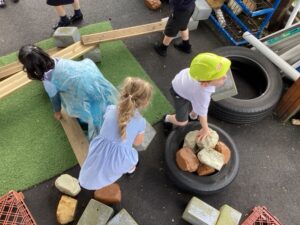
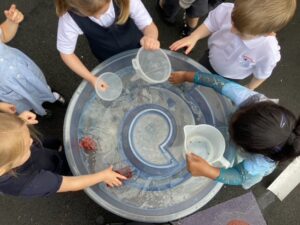
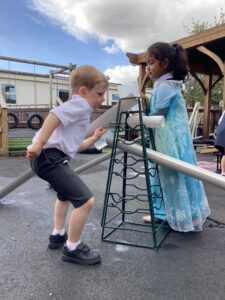
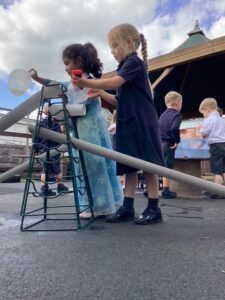
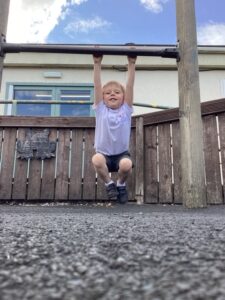
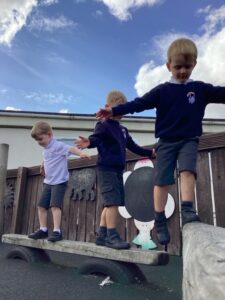
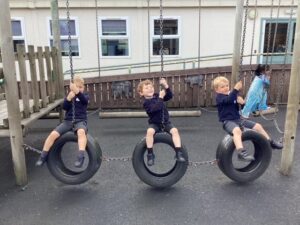
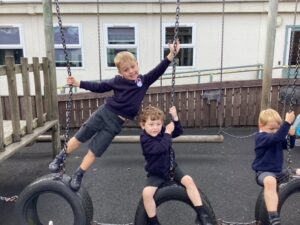
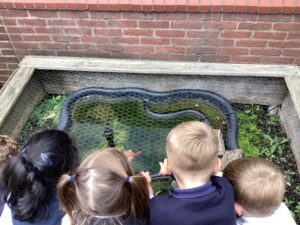
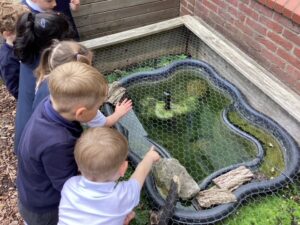
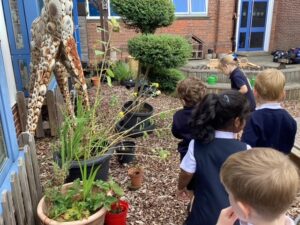
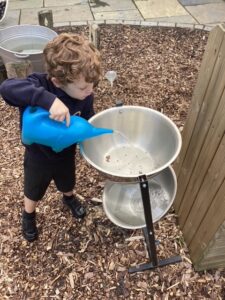
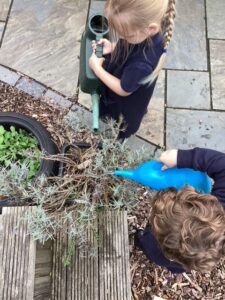
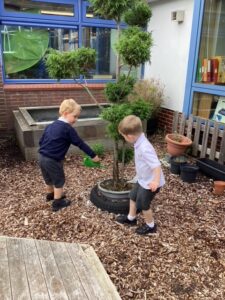
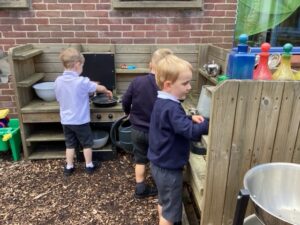
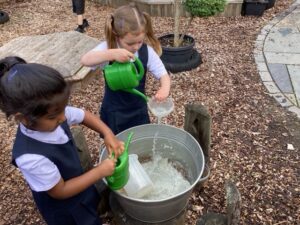
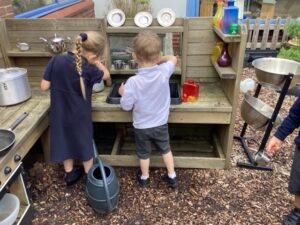
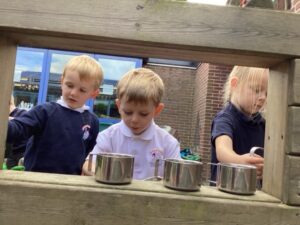
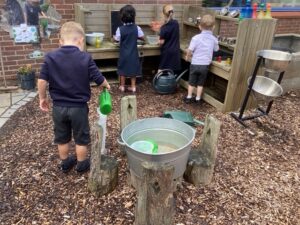
It is our mission to engage children’s senses, spark imagination and invite children to explore and discover. We aim to evoke wonder, curiosity and adventure. We do this by providing memorable hands-on experiences that progress skills and knowledge and develop spoken language skills
Construction - continuous provision autumn
Creative - continuous provision autumn
Home corner - continuous provision autumn
Malleable - continuous provision autumn
Mark making - continuous provision autumn
Maths - continuous provision autumn
Mud kitchen - continuous provision autumn
Reading - continuous provision autumn
Construction - continuous provision Spring
Creative - continuous provision Spring
Home corner - continuous provision Spring
Malleable - continuous provision Spring
Mark making - continuous provision Spring
Maths - continuous provision Spring
Mud kitchen - continuous provision Spring
Construction - continuous provision Summer
Creative - continuous provision Summer
Home corner - continuous provision Summer
Malleable - continuous provision Summer
Mark making - continuous provision Summer
Maths - continuous provision Summer
Mud kitchen - continuous provision Summer
Reading - continuous provision Summer
At Swanland Primary School we believe that reading should be a fundamental part of childhood and a skill which should be developed to support lifelong learning. Our aim is to develop and embed a strong, sustainable reading culture within the school community. Confident and competent readers will foster a love of reading through a rich and varied experience of texts, in which they are empowered to exercise freedoms of choice and independence.
We believe that a reading child is a successful child and that:
- Children deserve a rich curriculum which encourages extensive reading of books and other kinds of texts;
- Planning enables links across learning, which create a wide range of opportunities in which children can read for pleasure;
- Children will have the opportunity to experience whole books to support them in their understanding of literary structures and allow them to become absorbed in the story itself;
- The active encouragement of reading for pleasure should be a core part of every child’s educational entitlement, whatever their background or attainment. Extensive reading and exposure to a wide range of texts make a huge contribution to students’ educational achievement;
- Children will be encouraged to read texts which reflect their own heritage and that of other cultural groups.
In order to promote a love of reading in the classroom, children are encouraged to select a weekly ‘Sharing book’. The sharing book is a book they have chosen for you to enjoy together. Please remember that you shouldn’t expect your child to read this alone. Read it to or with them. Discuss the pictures, enjoy the story and predict what might happen next. Make the story come alive by use funny voices, toys and actions to represent the different characters. The main thing is that you have fun together and they learn to read for pleasure!
To ensure that each child develops the skills and knowledge to be able to read and write at Swanland School, we use a systematic, synthetic phonics (SSP) programme called Little Wandle.
Little Wandle has extensively revised ‘Letters and Sounds’ to provide a complete teaching programme, which is fully resourced and sets expectations of progression that are aspirational yet achievable. We will work through the entire Little Wandle Programme until your child can successfully utilise their phonic knowledge and blending skills to read fluently. Children need to learn to read as quickly as reasonably possible, so they can move from learning to read, to reading to learn, giving them access to the treasure house of reading.
https://www.littlewandlelettersandsounds.org.uk/resources/for-parents/
The resources on this page will help you support your child with saying their sounds and writing their letters. There are also some useful videos so you can see how they are taught at school and feel confident about supporting their reading at home.
At Swanland school we make Maths fun and part of everyday life. Maths objectives are taught through child-initiated activities (the child has chosen to do the activity) or adult led activities. These are usually practical activities that take place both indoors and outdoors and take account of the children’s different learning styles.
Below you will find the ‘Early Learning Goals’. They define the level of development children are expected to attain by the end of the Reception year. The vast majority of pupils at Swanland school achieve these Early Learning Goals.
Number
Early Learning Goal – Have a deep understanding of number to 10, including the composition of each number;
– Subitise (recognise quantities without counting) up to 5;
– Automatically recall (without reference to rhymes, counting or other aids) number bonds up to 5 (including subtraction facts) and some number bonds to 10, including double facts.
Numerical Patterns
Early Learning Goal – Verbally count beyond 20, recognising the pattern of the counting system;
– Compare quantities up to 10 in different contexts, recognising when one quantity is greater than, less than or the same as the other quantity;
– Explore and represent patterns within numbers up to 10, including evens and odds, double facts and how quantities can be distributed equally.
Here are some ideas of how to support mathematical development at home:
Practise counting – you can do this anywhere: count toys, books, how many buses you see when you go out;
Play hide and seek – again, good practice for counting;
Save your cereal boxes and cardboard tubes for making models. Your child will think they’re making a castle; you’ll know they’re learning about shapes!
Do a jigsaw together – a fun way to develop spatial awareness and matching skills;
Play card games – even a simple game of snap helps to develop number recognition;
Have a teddy bears’ picnic: count out toys, place settings, and share out the cakes;
Put up a height chart and mark each member of the family’s height;
At bathtime, play with different-sized containers.
Providing opportunities for scientific discovery in Early Years settings is beneficial to young children in several ways. It can foster a lifelong love of science; children are programmed to explore and experiment right from the start, even as babies. It also gives a basic grounding in scientific concepts and scientific thinking. Even the very simplest activities can introduce children to scientific concepts and stimulate scientific thinking.
However, a large part of ‘Science’ in Early Years is observation. Children develop their language skills and use new vocabulary to say what they see. They use their senses, observing change and cause and effect. Children are encouraged to be inquisitive and problem solvers. They try alternative solutions and do not give up when the solution does not show itself straight away. Children are encouraged to ask questions to find out the answer and record their findings.
You can easily bring science to life at home.
A great hub for home-science explorations, packed with videos and free guides to exploring chemistry and physics with children, is the Royal Institution’s ExpeRiment site.
